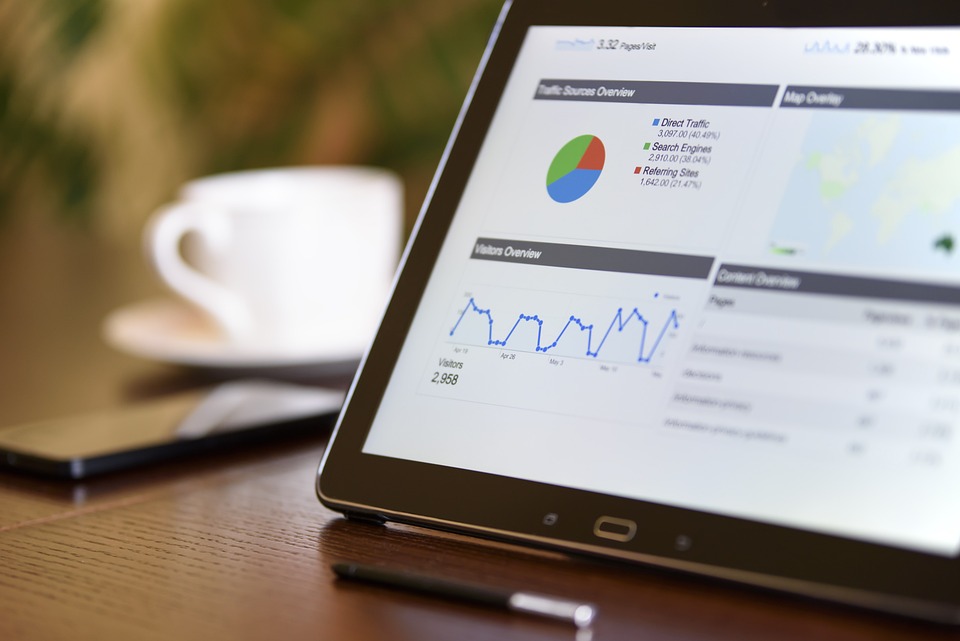A Step-by-Step Guide to Building your First Web App
In today’s digital age, web applications have become an integral part of our lives. Whether it’s online shopping, social media platforms, or productivity tools, web apps are everywhere. If you’ve always been fascinated by the idea of building your own web app but don’t know where to start, you’ve come to the right place. In this step-by-step guide, we’ll walk you through the process of building your very first web app.
Step 1: Define Your Idea and Plan
The first step in building any web app is to define your idea and plan out the features and functionalities you want to include. Start by identifying the problem you want to solve or the need you want to fulfill. This will help you narrow down your focus and create a clear vision for your web app.
Once you have a clear idea, it’s time to plan. Break down your web app into smaller components and prioritize them based on their importance. This will help you stay organized throughout the development process.
Step 2: Choose the Right Technology Stack
Choosing the right technology stack is crucial for the success of your web app. A technology stack is a combination of programming languages, frameworks, and tools that you’ll use to build your app. There are numerous options available, so it’s important to consider factors such as scalability, ease of use, and community support.
For front-end development, popular choices include HTML, CSS, and JavaScript. For back-end development, you can choose from languages like Python, Ruby, or Node.js. Additionally, frameworks like React, Angular, or Vue.js can enhance the user interface and overall user experience.
Step 3: Design Your Web App
Designing your web app is an important step that will determine how users interact with your app. Start by creating wireframes and mockups to visualize the layout and user interface. Tools like Sketch, Figma, or Adobe XD can help you with this process.
Consider the overall user experience and aim for a clean and intuitive design. Pay attention to details such as color schemes, typography, and responsive design to ensure your app looks great on different devices.
Step 4: Set Up the Development Environment
Before you start coding, you’ll need to set up your development environment. This includes installing the necessary tools and software. For front-end development, you’ll need a code editor like Visual Studio Code or Sublime Text. You’ll also need a web browser for testing your app.
For back-end development, you’ll need to install the appropriate programming language and any necessary frameworks. Additionally, setting up a local server or using tools like XAMPP or WAMP can help you simulate a live environment for testing.
Step 5: Start Coding
Now comes the exciting part – coding your web app. Start by creating the basic structure of your app using HTML and CSS. This includes setting up the layout, adding navigation menus, and styling the elements.
Next, you’ll need to add interactivity to your app using JavaScript. This can include form validation, data manipulation, or dynamic content. If you’re using a front-end framework, you can leverage its capabilities to streamline the development process.
For back-end development, you’ll need to connect your app to a database and handle server-side logic. This can involve writing APIs, handling user authentication, or implementing data storage.
Step 6: Test and Debug
Once you’ve finished coding your web app, it’s time to test and debug it. Start by testing your app on different browsers and devices to ensure it works as expected. Look out for any bugs or errors and fix them accordingly.
Additionally, consider conducting user testing to gather feedback and identify any usability issues. This will help you refine your app and make it more user-friendly.
Step 7: Deploy and Launch
After thorough testing and debugging, it’s time to deploy your web app and make it accessible to users. You’ll need to choose a hosting provider and set up your domain name. Services like AWS, Heroku, or Netlify can help you deploy your app easily.
Before launching, make sure to optimize your app for performance and security. This includes minimizing file sizes, enabling caching, and implementing security measures to protect user data.
Step 8: Maintain and Improve
Building a web app is an ongoing process. Once your app is live, you’ll need to continuously maintain and improve it. This can involve fixing bugs, adding new features, or optimizing performance based on user feedback.
Regularly updating your app and staying up to date with the latest technologies will help ensure its longevity and success.
Conclusion
Building your first web app can be an exciting and rewarding experience. By following this step-by-step guide, you’ll have a clear roadmap to get started. Remember to define your idea, choose the right technology stack, design your app carefully, and test thoroughly. With dedication and persistence, you’ll be well on your way to creating a successful web app.




